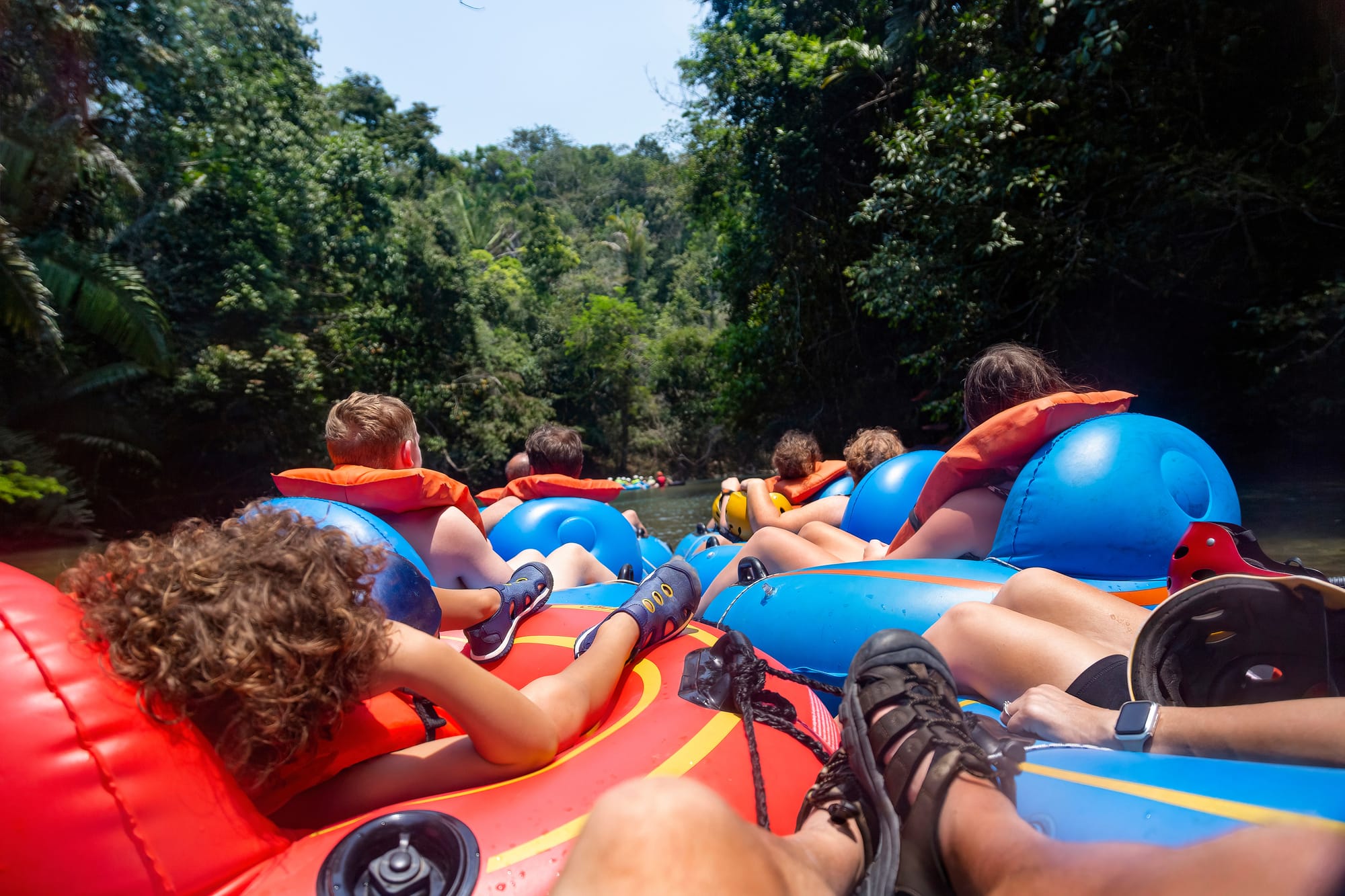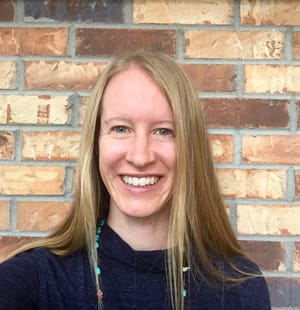It happens every summer. When the temperatures start climbing into the 80s and sandals become the staple footwear I slip into as I run out the door, a switch in my brain flips—it’s time for tubing! Texts are exchanged among friends, water levels are checked, tubes are retrieved from storage bins and checked for holes, and a plan is made to meet up at the “usual spot.” A tradition for over a decade, we know the drill: what to wear, what to bring, where to get in, where to get out… It’s an understanding we have acquired through our collective experience—and several “miscalculations” along the way. We’ve used cheap tubes and felt them slowly deflate underneath us in the chilly water, we’ve worn the wrong shoes and watched them hopelessly float out of sight, and we’ve gotten caught on just about everything you can find in and around a large creek: bushes, fallen tree branches, rocks, each other… Through these experiences, we’ve learned how to prepare for our little adventures as individuals and as a group, lend a hand when someone hits a snag, learn from our fumbles, and "go with the flow" when things don’t go according to plan. It’s a skill set and mentality that has served us well—and, as I recently found out, it can be pretty handy for instructional design work too!
This past December, I received a request to take on a new project from a mentor/supervisor I had been working with (through the Learning Agency) for about a year. No details were provided, only a Zoom link, which ushered me into a meeting with a group of unfamiliar faces and a set of slides and spreadsheets delineating various roles and responsibilities. Until that point, I had primarily been in my own little world, tackling one project at a time with maybe a subject matter expert or two. So I was definitely in for a surprise when I learned that I would be joining a rather sizeable instructional design team that had been tasked with creating a cohesive series of about twenty online courses (roughly an hour each). To accomplish this, we would work on our assigned courses individually, but we would closely coordinate logistics as a team (deadlines, deliverables, formatting, terminology, etc.) and collaborate on overlapping elements (shared topics, resources, subject matter experts, etc.) as needed. While I had gained valuable experience with my prior projects, this was a whole new level of complexity, planning, and organization. It was overwhelming, but also exciting!
Harking back to my tubing experience, entering those initial few weeks and finding my way into the project felt oddly similar to the first time I plopped down on my River Run tube, pushed off the bank, and let the current carry me downstream. Though I had the essential equipment (i.e., a foundational understanding of learning design and technology), a good sense of the charted course (i.e., the timeline and expectations for my assignment), and the security of having others around me (i.e., the ability to reach out to colleagues for support), much was outside of my control, and I had no idea what I might bump into or get caught on along the way (i.e., project challenges, barriers, and delays). It was a leap of faith—and the start of quite an adventure.

As a team, we navigated:
- Coordinating and collaborating with numerous stakeholders with different needs, perspectives, expectations, and interests
- Structuring communication and documentation within and outside of the organization
- Balancing tight deadlines and limited resources
- Adapting to changes in funding, team structure, and project requirements
- Developing systems and processes to create consistency within the final course series (and the various planning deliverables along the way)
- Managing team dynamics and workloads
As an individual designer, I navigated:
- Learning and adopting new design and project management approaches and processes
- Getting to know the team structure (e.g., who I should contact for different inquiries) and the individual team members
- Collaborating (and maintaining rapport) with a subject matter expert who was incredibly busy and sometimes struggled to meet deadlines
- Restructuring my workflow to match the project complexity and frequent changes to the team systems and processes
- Balancing and prioritizing project elements to create a quality product within the allocated time and budget
- Receiving, weighing, and integrating feedback from multiple different sources (supervisors, peers, subject matter experts, the client, etc.) throughout the project



Member discussion